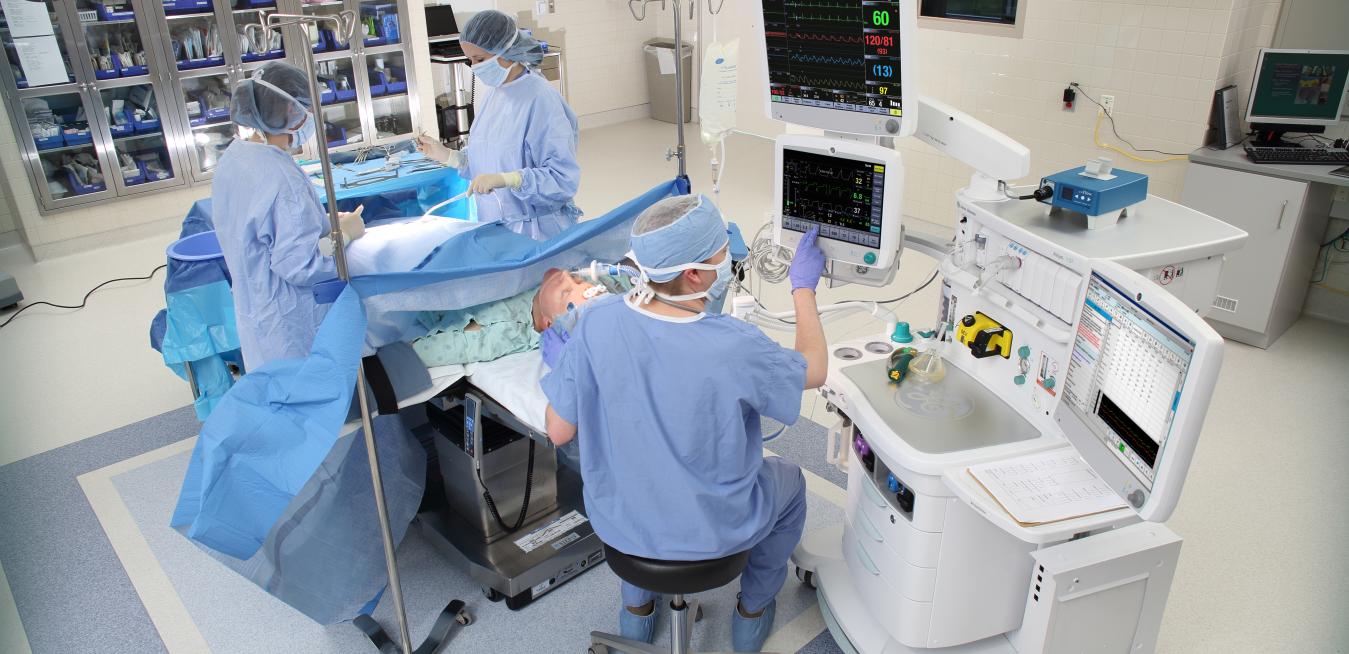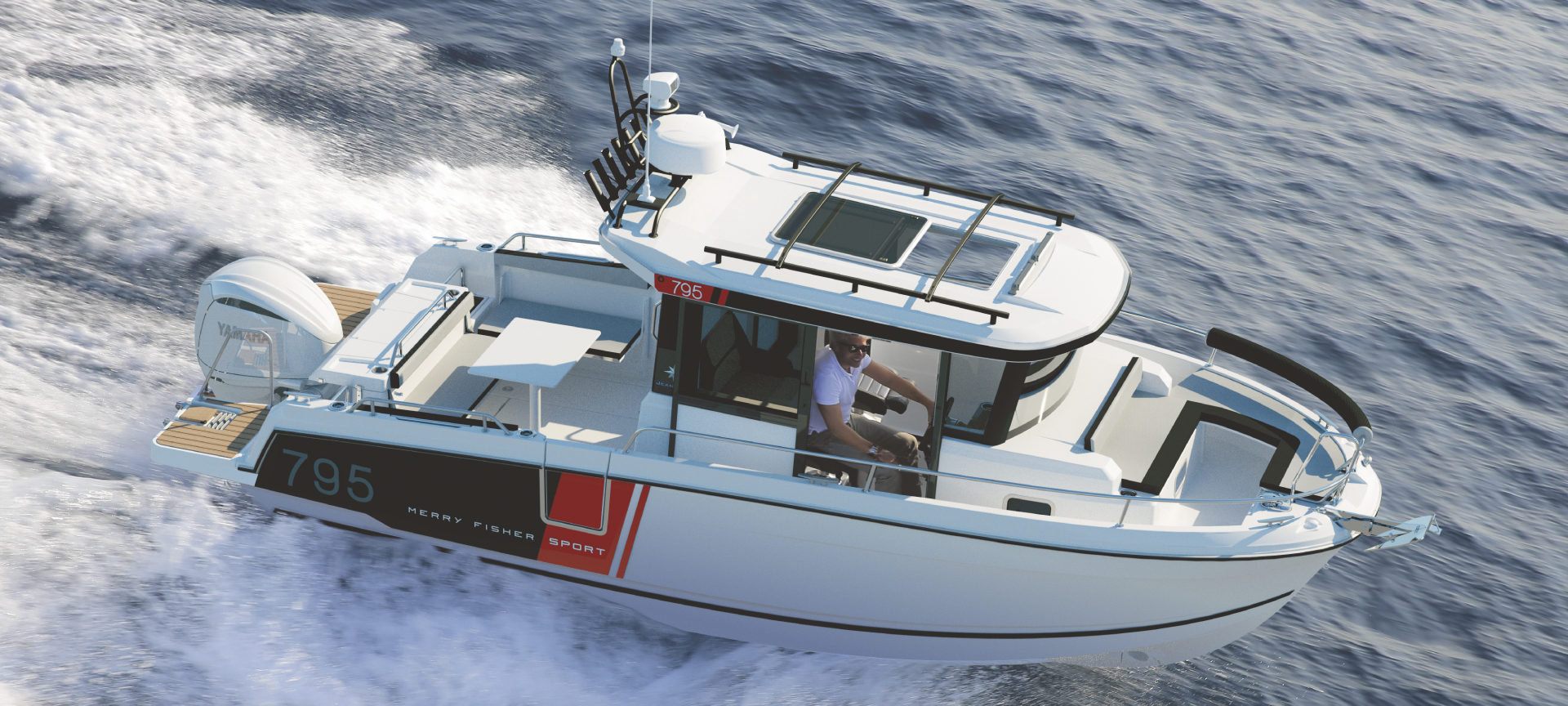Introduction to How to buy anesthesia machines
How to buy anesthesia machines? Anesthesia machines are an integral component of any hospital, surgery center or medical facility that offers anesthesia services. These machines administer controlled doses of gases, vaporized liquids and oxygen to patients undergoing surgical or diagnostic procedures in order to keep them unconscious and comfortable during their experience.
Selecting an anesthesia machine that best meets your facility’s needs is of utmost importance to patient safety and outcomes, so this blog post focuses on key considerations when purchasing one.
Consider Your Anesthesia Machine Type Before Making Your Purchase:
The primary consideration when purchasing an anesthesia machines is which type is best suited for you. There are four primary categories of these devices.
General Anesthesia Machine:
A general anesthesia machine is one of the most frequently utilized anesthetic machines used in hospitals and surgery centers, dispensing gases such as oxygen to ensure patient comfort during the surgical procedure.
Regional Anesthesia Machine:
This type of machine provides local anesthesia to a specific region on the body, making it suitable for procedures like nerve blocks, epidurals, and spinal anesthesia.
Monitored Anesthesia Care) Machine:
These devices are used to administer anesthetic for minor surgical procedures or diagnostic tests. Their aim is to deliver only enough anesthesia so as to keep patients comfortable yet awake enough to follow instructions from healthcare practitioners.
Transportable Anesthesia Machine:
Specifically created to handle emergency or critical illness transport needs, transportable anesthesia machines are lightweight and portable for quick deployment from one location to another.
Gas Delivery System:
Anesthesia machines rely heavily on their gas delivery system for dispensing gas and oxygen to patients at appropriate concentrations and flow rates. There are two primary types of gas delivery systems.
Precision Vaporizer:
This type of vaporizer can deliver precise doses of anesthetic vapor directly to a patient for use during general anesthesia. It’s used extensively as a means for providing pain-free pain management.
Non-Precision Vaporizer:
This type of vaporizer delivers a fixed concentration of anesthetic vapor to patients, and is most often employed for local anesthesia (MAC anesthesia).
Ventilator System:
A ventilator system is responsible for providing patients with enough oxygen and air during medical procedures, making sure they can reach the appropriate tidal volume and respiratory rate targets. Furthermore, its mode of ventilation should be taken into consideration; certain modes may be more suitable than others in meeting specific patient or procedure needs.
Monitoring Equipment:
Adequate monitoring equipment is vital in ensuring patient safety during anesthesia procedures. Anesthesia machines should include electrocardiogram (ECG), blood pressure, oxygen saturation and end-tidal CO2 monitoring devices that give real-time information on vital signs for better anesthetic delivery and ensure patient wellbeing.
Size and Portability:
Both size and portability are crucial elements to consider when purchasing an anesthesia machine. Larger machines may be difficult to move between locations, while smaller models may lack all necessary features or capabilities. When selecting an anesthesia machine it is also essential that it fits comfortably within its environment such as operating room or procedure room size.
Cost:
Finally, cost should also be an essential consideration in selecting an anesthesia machine. Anesthesia machines can range in price from several thousand to tens of thousands of dollars depending on features and capabilities; it is crucial that you carefully balance costs against features in order to get maximum value from your investment.
Conclusion
Purchase of an anesthesia machine requires careful consideration of multiple key factors. These include machine type, gas delivery system, ventilator system, monitoring equipment, size/portability considerations and costs as important criteria.
At the core of it all lies ensuring that an anesthesia machine complies with all regulatory requirements and safety standards, being user-friendly with easy maintenance needs and providing comprehensive training from its manufacturer to ensure proper usage and safe practices.
Before selecting an anesthesia machine, it’s wise to consult with providers, biomedical engineers, and other experts in the field to make sure it suits your facility’s unique requirements. Furthermore, it is key that you choose an reputable manufacturer so as to guarantee high-quality equipment with long lifespan.
Purchase of an anesthesia machine is a vital decision that must be carefully considered in terms of several variables, including type of machine, gas delivery system, ventilator system, monitoring equipment size/portability/cost as well as consulting experts in this field. By considering all relevant considerations when making this important purchase decision you can ensure you select the ideal machine for your facility and deliver exceptional care to patients. Hope now you know How to buy anesthesia machines.




